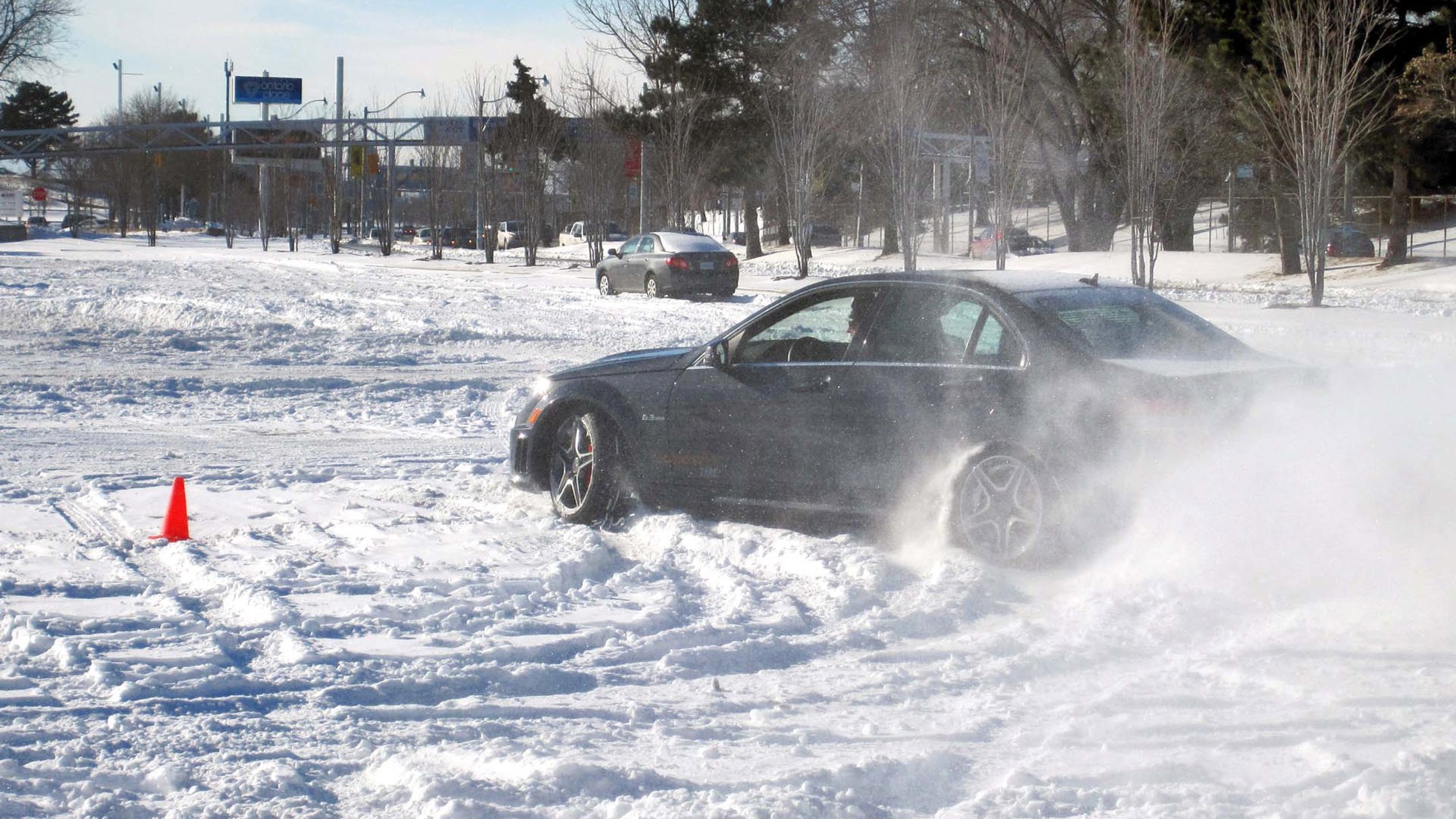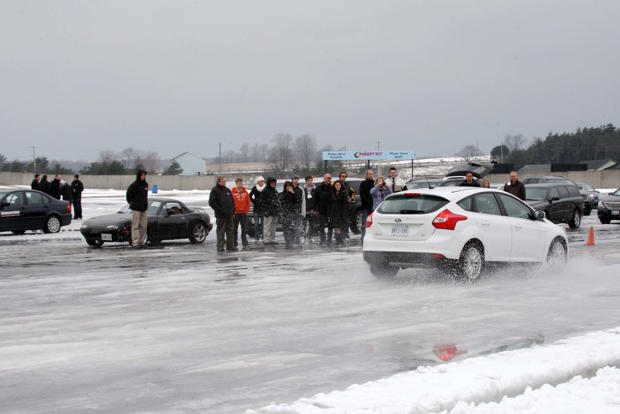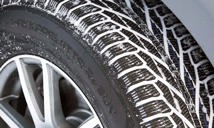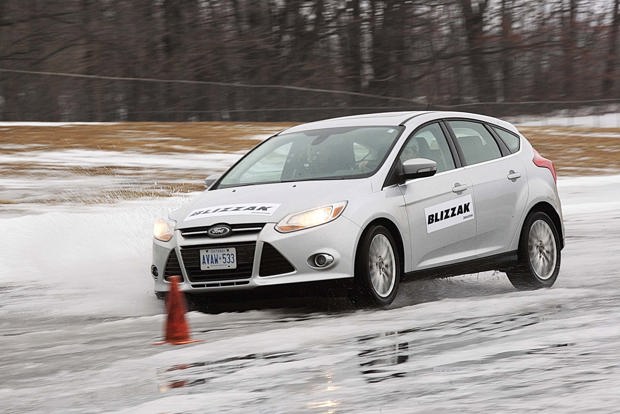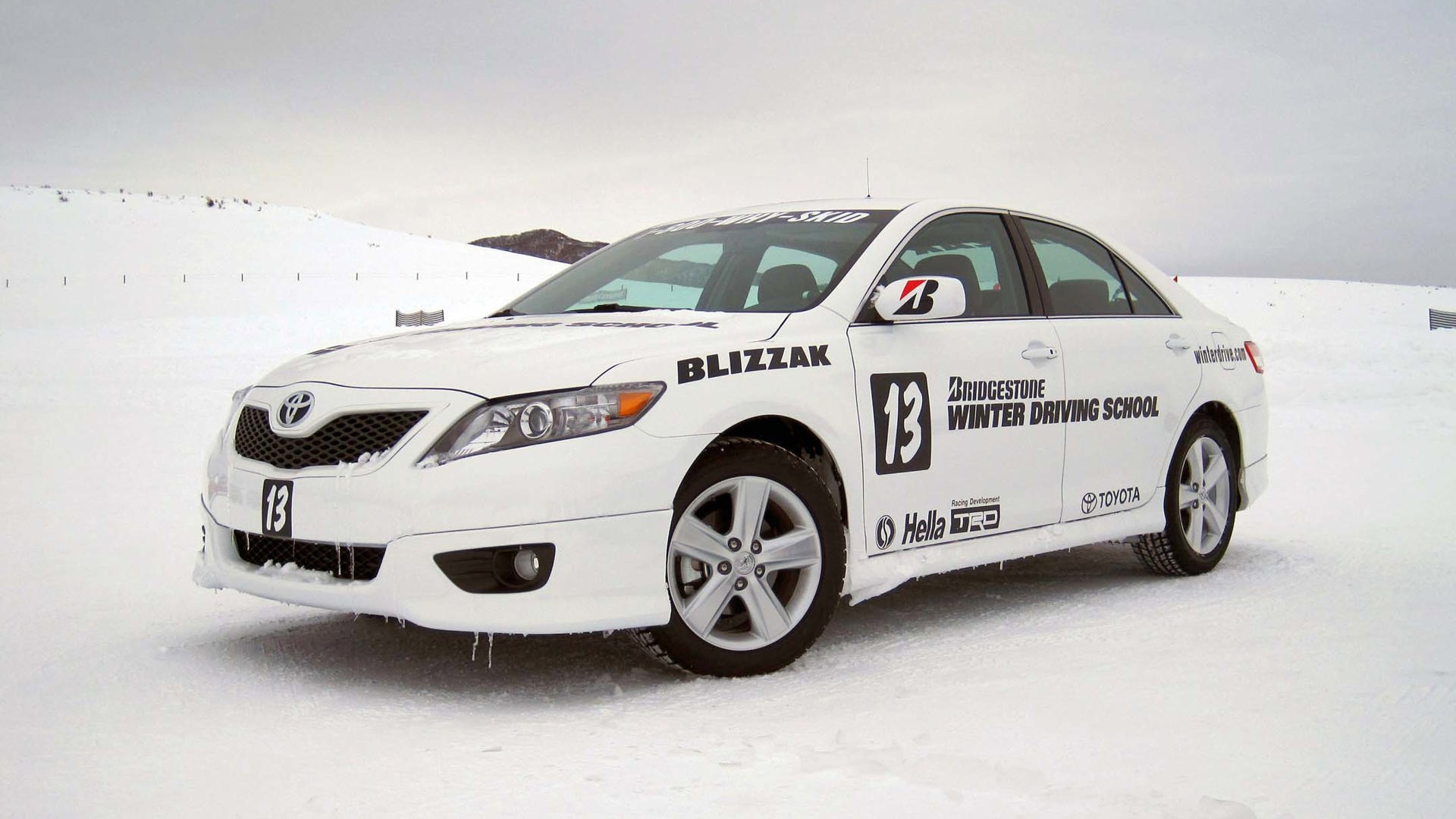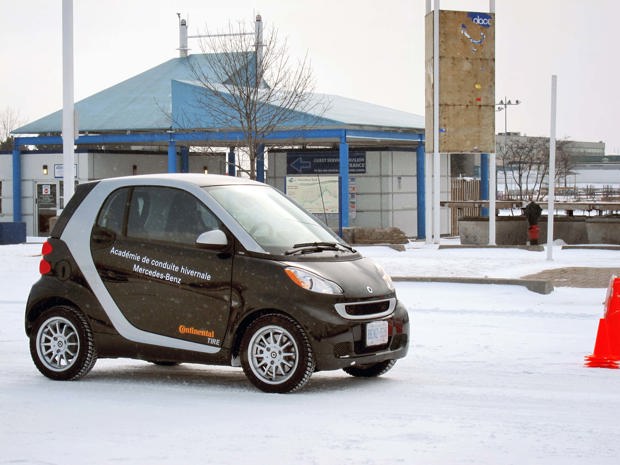What should have been a long but uneventful road trip to Detroit became instead a stressful, eight-hour exodus through stalled traffic and the snow-covered hulks of abandoned vehicles. Scattered remnants of glass and steel littered the shoulders, and occasionally my headlights would pick out the stranded carcass of a tractor-trailer embedded in a ditch or bordering field.
Granted, the onslaught of sleet and snow had rendered the highway and most of the southeastern Ontario road network quite precarious. But much of the pandemonium, the delay and the sheer number of accidents, both minor and dramatic, could have been prevented.
Regardless of whether you’re in a front-wheel drive hatchback, an all-wheel drive crossover, or a 4x4 with locking differentials – your best insurance against accidents is to arm yourself with the skills necessary for safe winter driving. There are many advanced driver training schools across Canada offering winter driving courses, ranging from the rudimentary basics up to advanced courses taught by professional competition drivers.
What you learn there could save your life – or at the very least save you money by avoiding expensive repair bills.
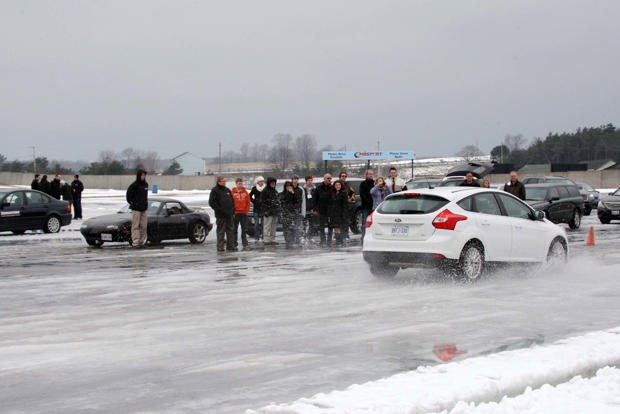
Vehicle technology has advanced in leaps and bounds over the last couple of decades, and driver safety systems are light-years ahead of what they were even a generation ago. So much so, that we tend towards complacency when it comes to driving, relying on safety systems to check our blind spots, pre-load our brakes and even keep us within the lanes. Thanks to a Canadian Motor Vehicle Safety Standard regulation passed in 2012, all new cars sold in Canada must be equipped with electronic stability control – a veritable game-changer in vehicle safety that can reduce fatalities in single car crashes by 30 to 50 per cent – and up to 70 per cent for SUVs.
But it’s a mistake to let blind faith in safety technology lull you into a mistaken sense of immortality. A loaded German all-wheel-drive crossover is no better on the ice than an inexpensive hatchback if you don’t know the basics of skid recovery – and with good winter tires, the cheap car will perform better than the best crossover on all-season tires.
And at the risk of sounding like a broken record, we’ve repeatedly made our stance known on the absolute necessity of winter tires.
Given the number of cars I witnessed spinning out or sliding into the barriers and backing up traffic for hours, it’s safe to assume that many drivers still don’t grasp the advantage that proper compounds provide in terms of grip. Leaving the highway to detour around yet another accident, I found the city streets backed up for several blocks, held up by motorists who couldn’t make it up the hill. Applying a moderate touch of the throttle, I easily steered around those who were stuck halfway up, tires spinning uselessly.
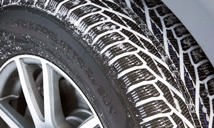
The Physics of a Skid
There’s a basic misconception that rear-wheel-drive cars are just no good in the snow. This isn’t entirely true; however, for many people, a front-wheel-drive car is the better choice. As with many things affecting a vehicle’s operation, it boils down to physics. Disregarding all the complexities, and variations of modern vehicle engineering, the most important thing in car control rests on those four rectangular areas known as the contact patches, i.e. where your tires meet the ground. Without grip, stability control, torque vectoring, ABS, and other modern advances in traction have nothing to work with.
A car is at its most stable when its weight is divided evenly between all four contact patches. A rear-wheel-drive vehicle is already at a disadvantage since most of the weight is over the front wheels, pushing those tires onto the pavement and creating much larger contact patches and better grip than in behind. The lighter rear end is therefore more prone to sliding. The solution is weight transfer: moving more weight to the back of the vehicle to even out the grip and create more stability.
There are two basic types of skids: understeer (when the vehicle plows straight ahead, despite the wheel being cranked) and oversteer (when the back of the vehicle swings out). In the immortal words of the late, great Dale Earnhardt: “Oversteer is when your ass hits the wall, understeer is when your face hits it.”
Because of the way the weight is distributed, and where the propulsion originates, rear-wheel drive cars are more prone to oversteer, while a front-wheel drive will generally understeer.
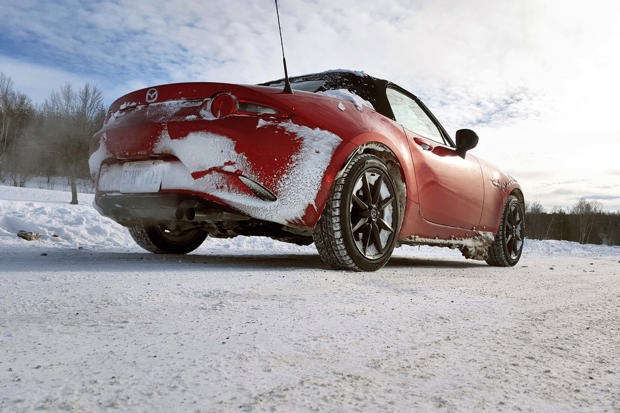
How Do You Save a Skid in a Rear-Wheel-Drive Car?
At the beginning of a slide, the first reaction of the inexperienced is to slam on the brakes, which unfortunately throws even more weight onto those front tires, further lightening the rear and reducing its grip. In a rear-wheel-drive vehicle, this can often induce oversteer, or a fishtailing situation. Often just a smooth increase in throttle will lift the nose up, transfer some weight to the rear wheels, and increase the grip enough for the car to correct itself. Race and rally drivers will actually induce oversteer by lifting off the throttle to get around corners more sharply.
In an understeer situation, the turning front wheels have exceeded their ability to grip. If the tire’s 100 percent capability is divided 50/50 between gripping and turning, and then it’s asked to give more – it simply slides ahead. Many people try to correct it by cranking the wheel even further, and braking, which only worsens the situation by locking up the wheels. The solution seems counter-intuitive, and sounds like “Cars” Doc Hudson’s “turn right to go left”.
Turning the wheel the other way, or counter-steering, with a steady throttle will help the front tires break out of their slide while transferring some weight to the driving wheels. This is one of the fundamental basics of those spectacular drift displays by hot-shoes like Ken Block and the Fast N’ Furious crowd. The car should cease to slide and regain its turn.
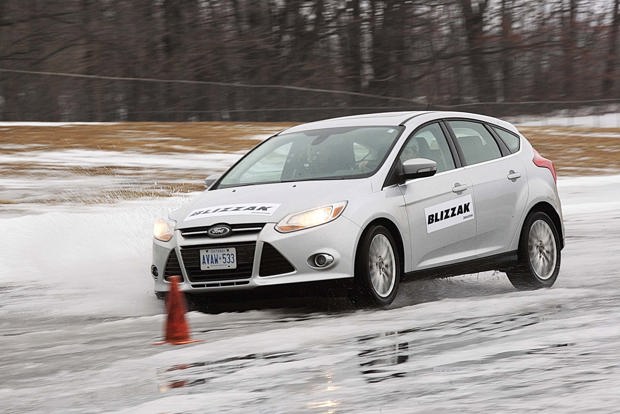
How Do You Save a Skid in a Front-Wheel-Drive Car?
Front-wheel drive cars are far less likely to fishtail, since the propulsion is generated by the front wheels which have the most weight over them. They’re inherently more prone to understeer, which is safer and easier to control than a fishtail. Hence more mainstream passenger vehicles tend to be front-wheel-drive, while rear-wheel-drive is found more often in performance cars.
Out on the road, an understeer situation can be caused several ways: braking while cornering, accelerating into the bend, ploughing into the corner too fast, or encountering oil or ice on the pavement.
As before, the tires have only so much grip to divide between acceleration and braking. But in this case, smoothly reducing throttle (as opposed to abruptly, which can disrupt the car) while slightly unwinding the wheel should be enough to correct the skid.
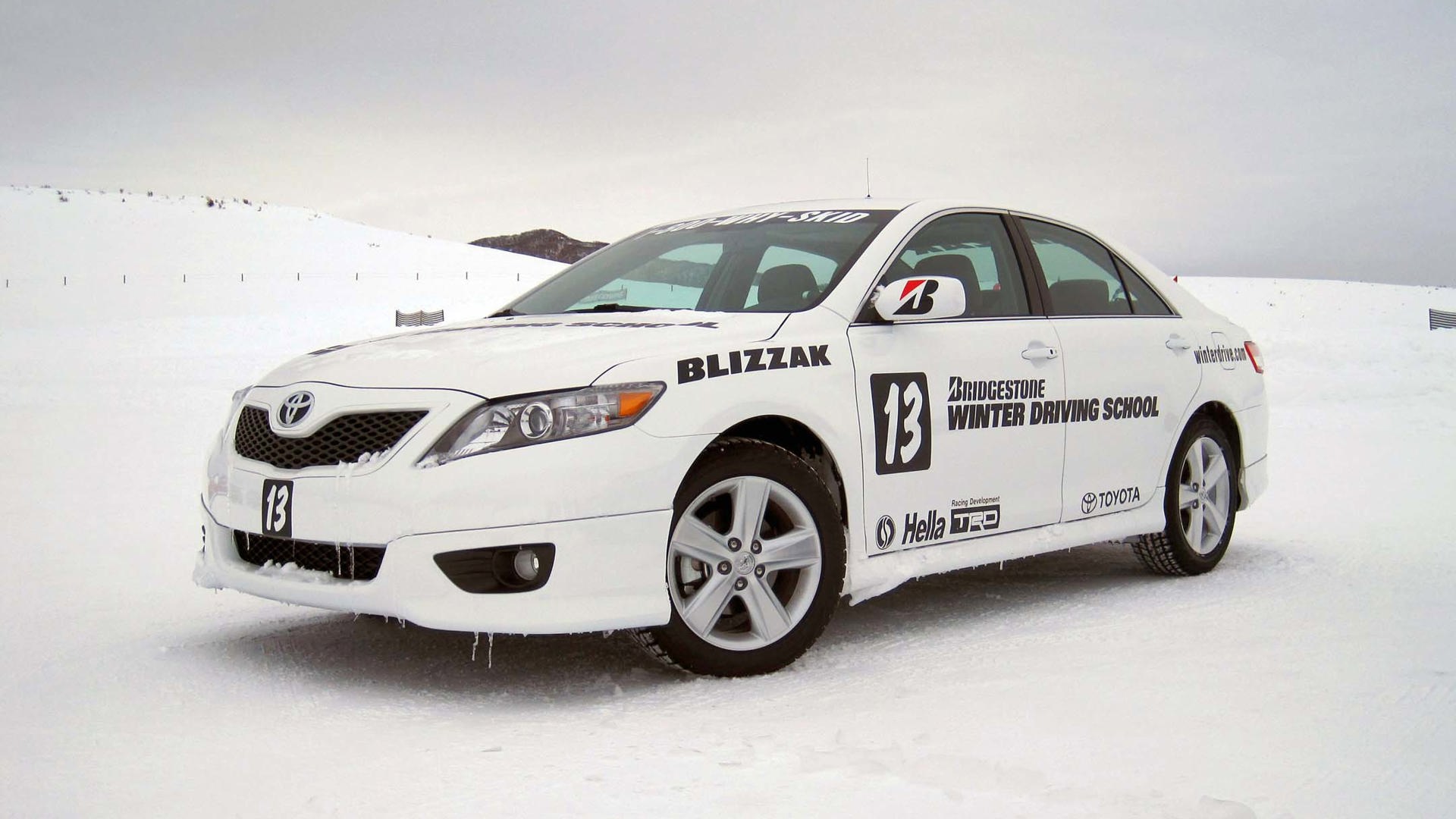
How Do You Save a Skid in an All-Wheel Drive Car?
We love our all-wheel drive vehicles in Canada, with a passion that borders on fervour. And for the most part, there’s good reason for that. Most of them feature some kind of torque distribution system that will re-route power away from a spinning wheel, sending it to where there’s still grip. There’s nothing like it for getting through deep snow, and avoiding being stuck. Unfortunately, it gives many drivers a false sense of security and they tend to overdrive in bad weather – with unfortunate consequences. When it comes to slippery surfaces and stopping distances, there’s no difference between AWD and any other configuration.
If the car loses traction in the front while turning and the all-wheel-drive system intervenes, sending power to the rear, backing off the gas and gently unwinding the wheel should be enough to correct the skid.
The last thing you want to do in this situation is apply hard braking or over-correct the steering, which could overload the tires and make the skid worse. If the rear end starts to slide, a slight counter-steer and light application of the throttle should bring it back around again.
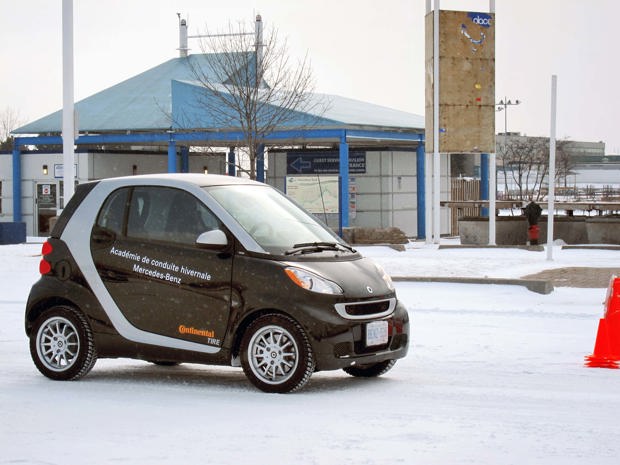
Avoid the Skid Altogether: Slow Down!
During the white-knuckle drive to Detroit, I found myself holding my breath, or swearing in frustration, at the poor judgement, lack of basic skills, and what bordered on criminal negligence by some of the other drivers. Despite the poor visibility and slick road surface created by the driving sleet, there were still those who chose to blast by above the speed limit – far surpassing their ability to be aware and stop safety should they encounter an accident. And far too many of the more cautious drivers immediately slammed on their brakes when descending the hills – not realizing they were triggering the very slides they trying to avoid. It’s far better to gear down and keep your feet off the pedals in that situation, or keep pedal and steering inputs smooth and modulated. If you’re not sure what to do, there’s a valuable mantra taught at many advanced winter driving academies “when in doubt, both feet out”.
With a combination of these simple skills acquired through driver training, and a good set of dedicated winter tires, I eventually arrived in the Motor City fully intact.
